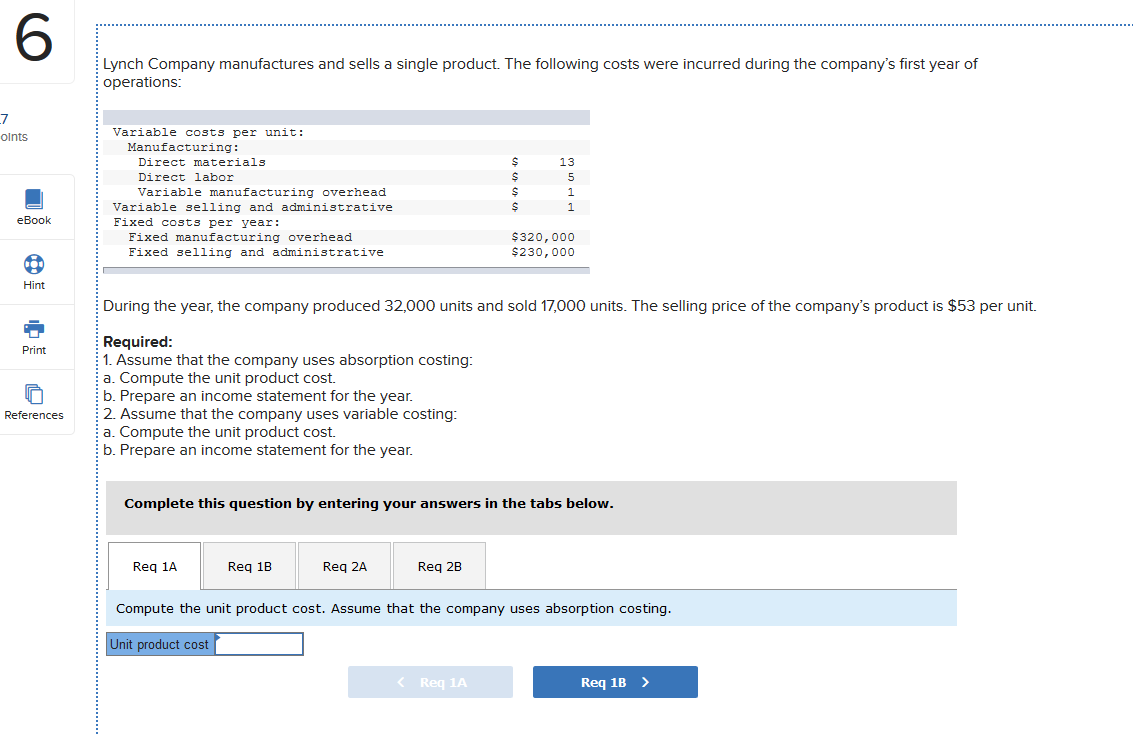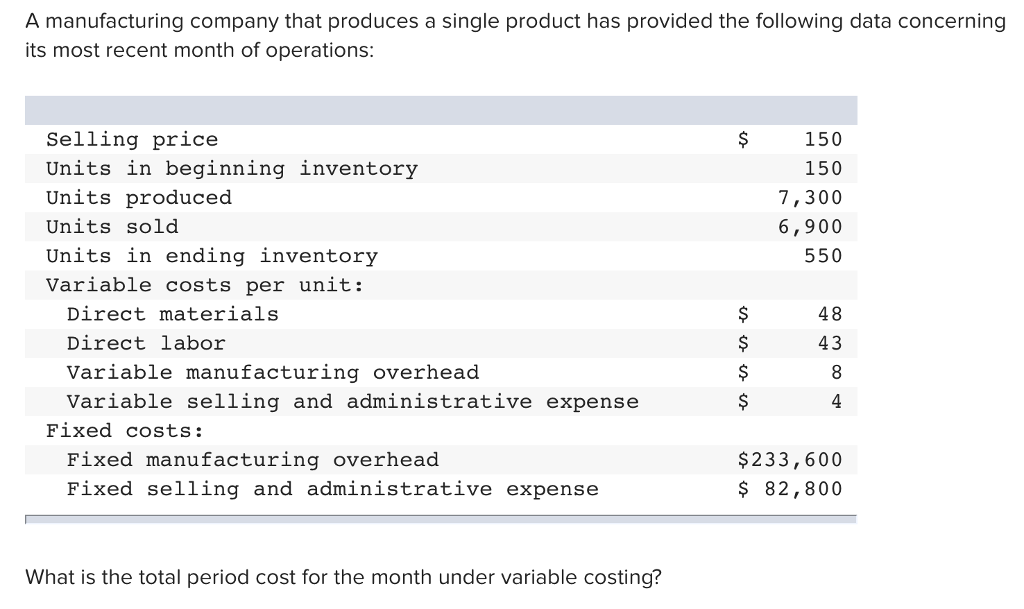Fixed vs Variable Costs with Industry Examples Bench Accounting

Break-even analysis can also provide information about projected profits for those considering buying a business. The equation can help them calculate the number of units and the dollar amount needed to make a profit, and then decide whether these numbers seem credible and realistic. Direct Materials Cost is the cost of materials purchased directly in order to manufacture a product or provide a service. Sales commissions, for example, are also considered variable because the size of a commission is tied to the volume of products sold by an employee. Kristen Slavin is a CPA with 16 years of experience, specializing in accounting, bookkeeping, and tax services for small businesses. A member of the CPA Association of BC, she also holds a Master’s Degree in Business Administration from Simon Fraser University.
Direct and Indirect Variable Costs
Economies of scale can be achieved when fixed costs are spread over a larger number of units produced, leading to a decrease in average fixed cost per unit. A company’s breakeven point is the level of output where total revenues equal total costs (fixed and variable costs combined). Variable costs impact this point because as the production volume increases, variable costs rise. The impact of variable costs on the breakeven point depends on the cost structure of the business, alongside its pricing strategy and sales volume. Reduction in variable costs can result in a lower breakeven point, increasing the possibility of generating profit at lower sales volumes.
Monitoring Production Levels
With a higher production volume, a business will have higher variable costs. But if a business can control its variable costs or find ways to reduce them, it may potentially increase the profit margins. Careful management and understanding of variable costs can significantly leverage your pricing strategy. By impacting both the contribution margin and the breakeven point, variable costs have a two-pronged effect on financial performance and profitability.
Understanding Variable Costs
If you switch to a cheaper material for your units or find ways to complete the same tasks with fewer labor hours, you’ll also save. These are all valid ways to cut variable costs and increase your profit margins. Variable costs increase in tandem with sales volume and production volume. They’re also tied to revenue—since the more you sell, the more revenue you have coming in.
Are Variable Costs unit-based?
The two main types of costs a business has to deal with are fixed costs and variable costs. A company that seeks to increase its profit by decreasing variable costs may need to cut down on fluctuating costs for raw materials, direct labor, and advertising. However, the cost cut should not affect product or service quality as this would have an adverse effect on sales. By reducing its variable costs, a business increases its gross profit margin or contribution margin. A high operating leverage indicates that a company has a larger portion of fixed costs compared to variable costs, making it more sensitive to changes in sales.
Direct vs. Indirect Costs
- By impacting both the contribution margin and the breakeven point, variable costs have a two-pronged effect on financial performance and profitability.
- You should strive to keep variable cost per unit as low as possible since this will result in more profit per unit.
- Examples of fixed costs are rent, employee salaries, insurance, and office supplies.
- So the rent of your warehouse may increase, but this change is separate from increases or decreases in your production output or revenue.
- An example of a variable cost per unit would be if a company makes chairs.
By buying in larger quantities, a business can reduce the unit cost of its raw materials or products. However, this approach requires good inventory management and forecasting are direct materials variable costs skills to avoid overstocking and losses due to expiration or damage to goods. On the contrary, fixed costs remain the same regardless of the level of production.
In this section, we will discuss the different cost allocation methods and how fixed and variable costs are reported in financial statements. By understanding marginal cost, businesses can make informed choices in areas such as pricing strategies and production levels. Another important feature of variable costs is that they are not time-bound. Unlike fixed costs, which are incurred regardless of whether a business is in operation or not, variable costs are only incurred during periods of activity or production. In a manufacturing company, for example, the cost of raw materials increases when more units are produced and decreases when fewer units are produced. For example, if you invest in more energy-efficient machinery, it will eventually pay for itself and save you money by lowering your utility bills.
As the volume of activity increases, variable costs increase; conversely, as the volume of activity decreases, variable costs decrease. As production increases, variable costs increase, and as production decreases, variable costs decrease. These costs are typically driven by the quantity of materials and labor required for production. Examples of variable costs include raw materials, direct labor wages, and manufacturing supplies. Fixed costs remain constant regardless of production levels, while variable costs change in relation to output. The income statement illustrates the impact of these costs on a company’s net profit.

Instead, it’s recommended to find ways to reduce variable costs and increase production to offset the burden of fixed overhead costs on your budget. Understanding your variable costs is essential for small and mid-sized businesses. The higher your variable costs, the lower your profit margin, meaning your business makes less money. Different industries tend to have more fixed or variable costs, depending on the nature of the service or product they provide. Let’s assume that it costs a bakery $15 to make a cake—$5 for raw materials such as sugar, milk, and flour, and $10 for the direct labor involved in making one cake.
These costs are tied to the production of your business’s product or service and will fluctuate depending on your company’s activity. In other words, when you’re producing more units, your variable costs increase. If you’re not producing any units at all, your variable expenses fall to zero. Variable costs are expenses that change in proportion to the volume of goods or services a business produces.
Reducing energy use can help manage variable costs, particularly in energy-intensive industries. This could involve adopting energy-efficient technology, improving insulation or adjusting operating hours to take advantage of off-peak power rates. In this guide, we’ll explain the difference between fixed and variable expenses, provide examples of each, go over accounting differences for the two, and more. Direct Material Cost is one type of manufacturing cost, along with labor and overhead expenses. These costs, which change with production volume, encompass a wide range of expenses beyond just physical items. Material substitution, when done right, can be a strategic move to manage variable costs effectively.
